[ad_1]
Frans Beuse sits at his kitchen table, examining what looks like an array of rocks. Using a slim, sharpened blade he scrapes each in turn, producing five mounds of powder: bright white, deep caramel, tarry black.
Lighting a candle, he holds a thick needle into the flame, then into the powder, which smokes and bubbles into glossy liquid. Beuse leans forward, closing his eyes, and draws a thin tendril of smoke into his left nostril.
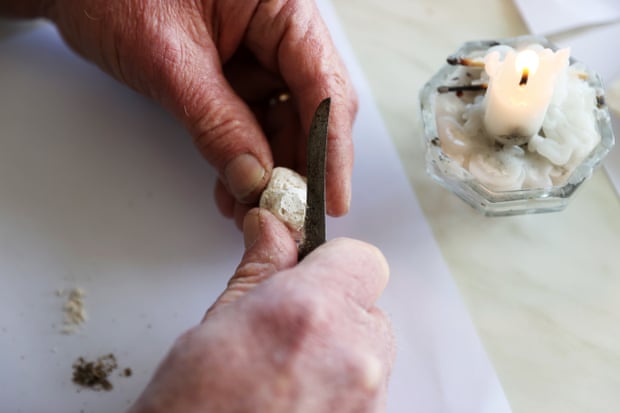
“Sweet and ambery,” he says. “It sits on my lips, so I can constantly taste it.”
The process has an illicit air, but the substance Beuse is handling not a drug. It is ambergris, a form of whale dung, exceedingly rare and valuable, sought after by perfumers and gathered by secretive harvesters among the flotsam of New Zealand’s stormy coastlines. Frans Beuse and his wife, Adrienne, are among the country’s largest dealers.
It’s a trade known for its secrecy. Few ambergris-gatherers will speak to reporters on record, and some are fiercely – even violently – protective of their patches. Now, the centuries-old trade is being reshaped by human influence: as climate change alters weather patterns and ocean currents, patterns of ambergris distribution are shifting too.
The smell of a whale
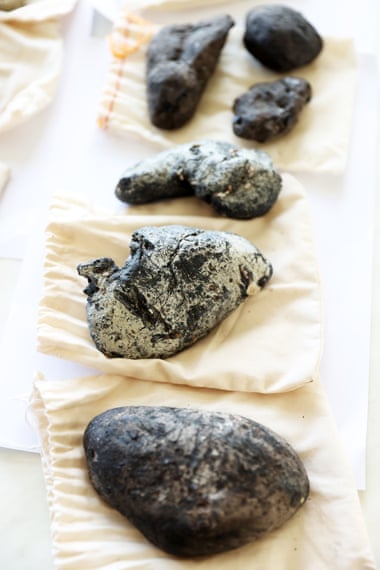
“Nothing else really smells like ambergris, except sperm whales,” says Kane Fleury, a curator at Otago Museum. He knows that smell well; the museum sometimes works with the Department of Conservation to examine whale remains or assist when they beach. “There’s this sweet sort of odour associated with them,” he says, “a real nasal-filling marine mammal essence, fatty and odorous and quite heady, the smell of a whale.”
That scent penetrates ambergris, which forms in the whale’s digestive tract to protect it from damage by the sharp edges of squid beaks and ocean debris. It endures as it is tossed by tides, bleached by the sun and parched by salt. “Every piece as it rolls around, it is curing, getting smaller and denser and drier on the inside … [until] it’ll be white or almost white all the way through, there’s no moisture left,” says Adrienne. That process takes hundreds of years.
When mature, ambergris is valued by perfumers for its properties as a fixative, as well as its own fragrance, which can range from deep, faecal animal musk, to a sweeter dark caramel, or light and powdery in the higher grades.
Higher-quality ambergris is worth more than $27 a gram. Because it can occur in huge chunks, fishers have over the years reported finds worth as much as £1.5m. The money at stake can make the hunt for ambergris fraught and occasionally dangerous.
A fortune, found on a beach
On a wide expanse of beach on the west coast of the North Island, the Beuses meander along the high tide mark. Huge dunes rise up beside them, creased by wind. This coastline is known for its wild stretches of sand, powerful currents and enormous surf. It’s also known as a hunting ground for ambergris, with westerly winds bringing flotsam ashore from the Tasman sea.
The sand of the 100km beach is crisscrossed with tire marks.
“They [collectors] drive along it night and day,” says Adrienne.
The coastline has also been the site of bitter conflicts between hunters. In 2004, court reports detailed a dispute between two ambergris collectors who had been in business together. One man ran the other down on the beach in his truck, the court heard. The driver, who was ultimately acquitted, said his ex-business partner had attacked his car with a PVC pipe and smashed the windscreen.
The Beuses no longer come to this beach alone – they say they have received threats from competing ambergris collectors. “People get beaten up,” says Frans. “A million-and-a-half dollars. Do you think someone’s not gonna beat you up for that?” Adrienne says.
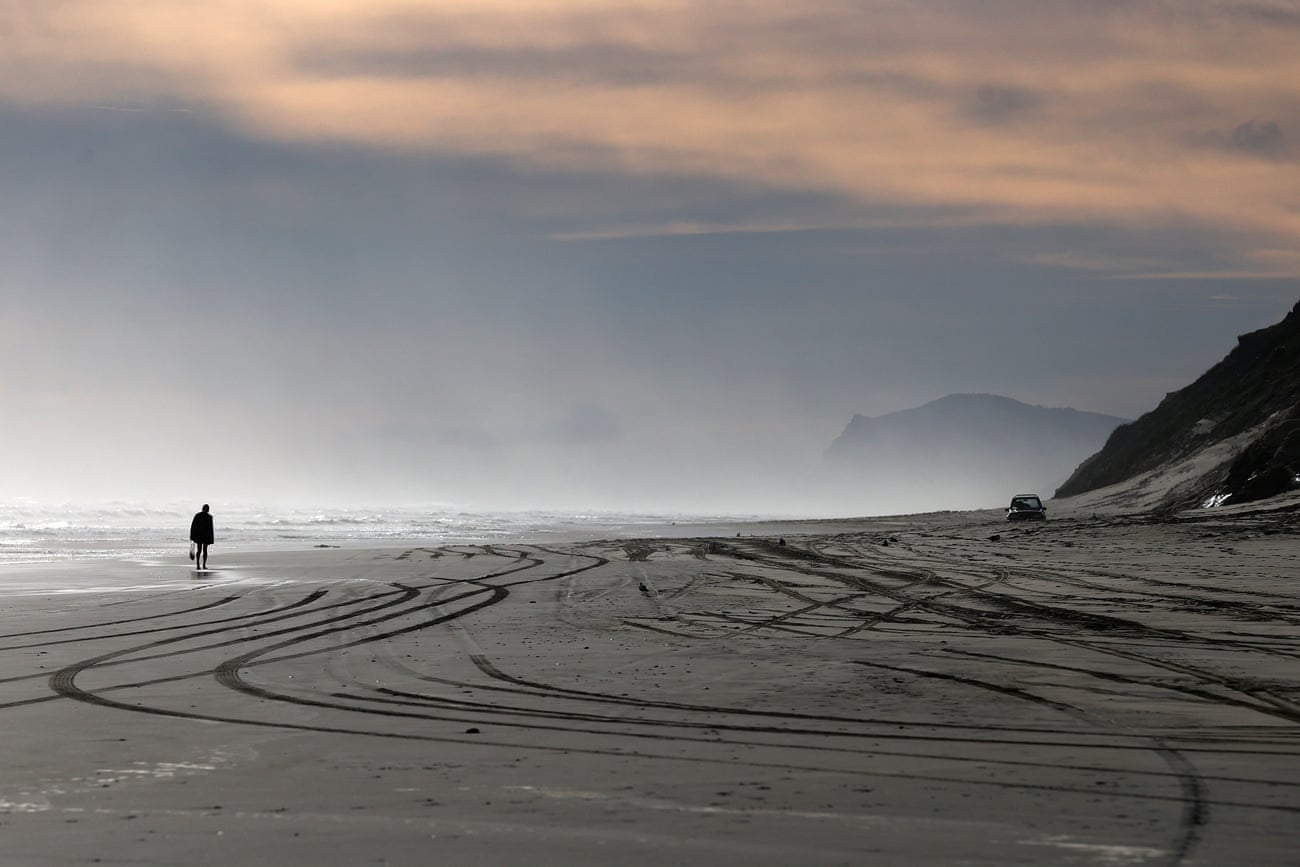
A science writer who authored a book on the history of ambergris reported receiving hate mail and threats of legal action from New Zealand collectors after publication.
Asked which beaches are most productive, Fleury laughs. “I don’t like to poke the bear too much,” he says.
“Ambergris is treated by those … collecting it almost as if it’s like a nefarious activity that is illegal, but actually isn’t,” says Fleury. “It’s a really bizarre situation with the level of secrecy and mystery around it – and I guess that’s because there are unknown quantities of money associated with finds and people want to protect their patch,” he says. “Which I guess is why people are so infatuated with it when they hear about this fortune that can just be found on a beach.”
The subjective nature of ambergris identification can also lead to conflict. The substance is impossible to identify by looks alone: aged ambergris can resemble pumice, sandstone or hardened lard, and fresher finds can be easily confused with stones, fossilised wood or even dog poo. In New Zealand newspapers, purported ambergris finds are a semi-regular feature – but often they turn out to be disappointing lumps of plastic or simply unusual-looking rocks.
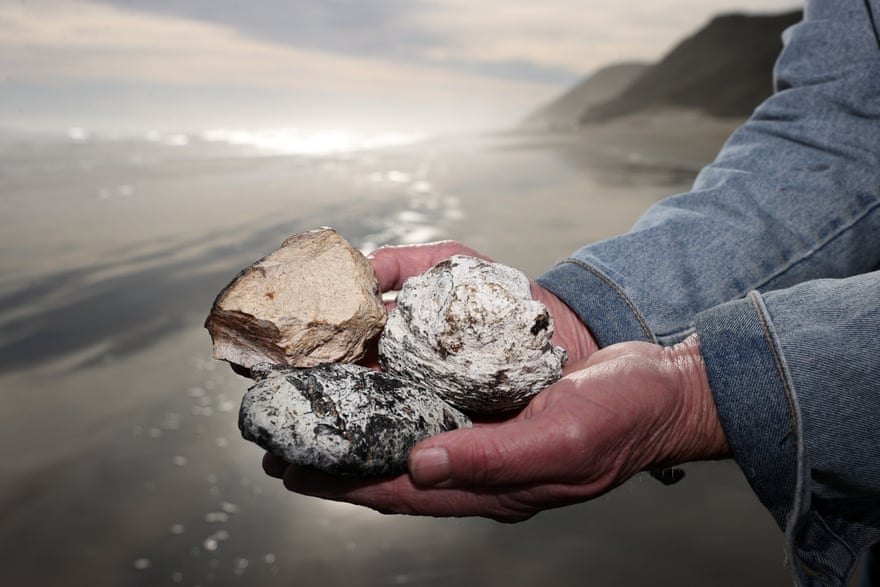
The possibility of extravagant wealth can awaken a startling capacity for self-delusion, says Anton van Helden, marine science adviser to New Zealand’s department of conservation. “Findings so often are not ambergris, and people are reluctant to be dissuaded. They often assume that material washed up on beaches is ambergris and that it will generate vast wealth for them,” he says. Most often, those who present ambergris for his assessment have in fact discovered “lumps of crud”.
“I have asked people ‘does it smell pleasant?’ and they swear black and blue that it does … but when they bring it in it smells of dead sponge or putrid, rancid fat.”
Changing seas
As the climate crisis changes ocean landscapes, local collectors worry that true finds could become rarer still.
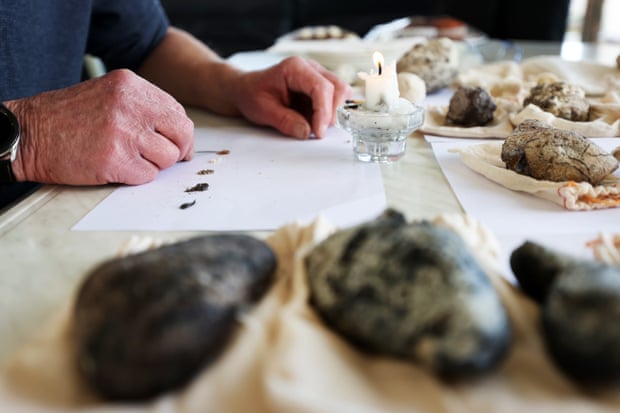
In August, scientists published a paper in the journal Ecological Indicators, detailing how global heating will change the migration patterns of blue and sperm whales in New Zealand, driving them southward. Ambergris can float in oceans for centuries before drifting onshore, so a change in migratory patterns alone is unlikely to transform its distribution. But the heating of the oceans is also bringing about changes in the winds and currents that bring it to beaches. As the oceans heat, some currents speed up, while others slow or even collapse completely.
“Some years back, we started getting reports more and more frequently of coastal changes happening – that [collectors] and their parents and grandparents hadn’t seen before,” she says. “Changes in the wildlife that was being seen, what appeared to be changes in coastal currents.”
Beuse has witnessed those shifts becoming more pronounced.
“The climate and the weather patterns were changing,” Beuse says. “The winter pattern that we relied on, to bring the best ambergris producing seasons – that period of winter westerly winds and storms – was contracting.”
It worries her. “We’re totally dependent on natural factors,” she says.
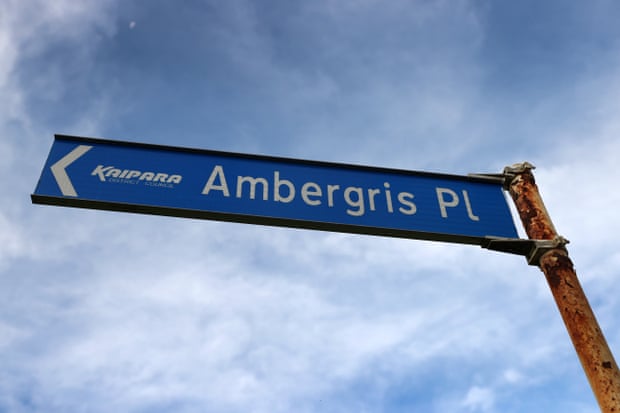
One of the distinctive attributes of ambergris has always been its formation around squid beaks – the embedded, shining fragments were a telltale sign. These days, Fleury says, it increasingly forms around plastic. In a central piece of the Otago Museum’s display, an ambergris lump takes an unusual coiling shape: wrapped around a length of polyester rope. It’s a shift that ambergris collectors are acutely aware of.
“These people, they notice every nook and cranny on the beach,” Beuse says.
“There was talk around the ambergris community long before you were noticing it as a main headline in the media. That something’s going on with mother nature.”
[ad_2]
Source_link